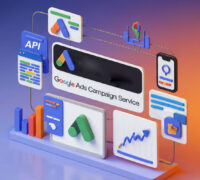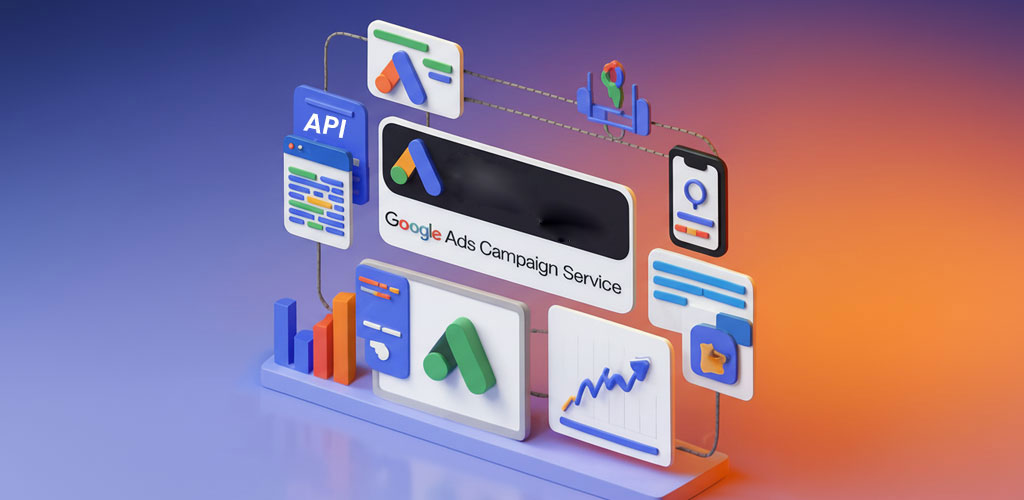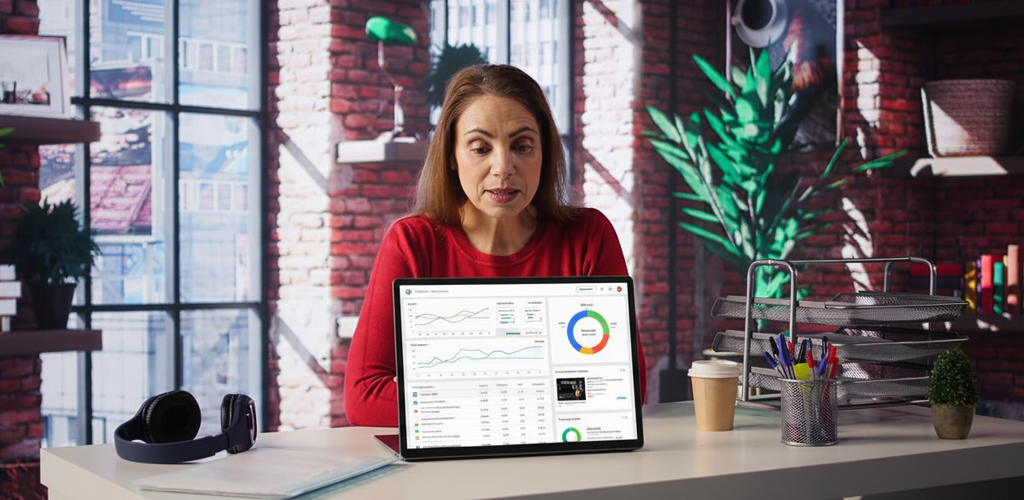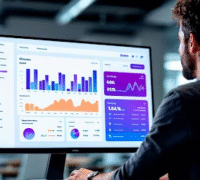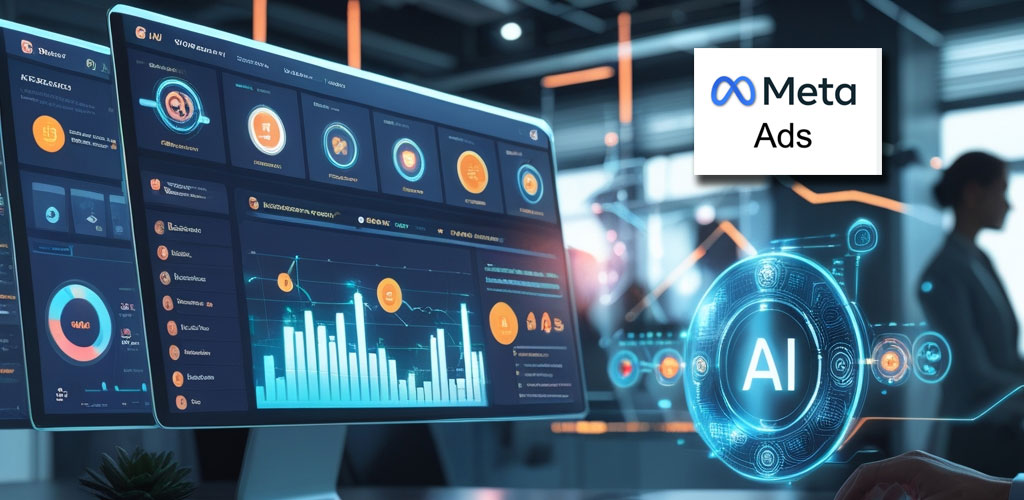In today’s fast-paced digital marketing world, automation and data accuracy are key to success. Managing ad campaigns manually can be time-consuming and prone to human error. That’s where APIs come in. APIs, or Application Programming Interfaces, make it easier for marketers and developers to connect platforms, access real-time data, and automate repetitive tasks. Both Google Ads and Meta Ads offer powerful APIs that help businesses optimize their campaigns more efficiently.
Understanding What APIs Do
An API acts like a bridge that allows one software to communicate with another. In the context of advertising platforms, APIs help pull and send information between your ad account and other tools, such as analytics dashboards, CRMs, or reporting systems. This means you can manage and monitor campaigns without logging into the ad interface every time.
APIs in Google Ads
The Google Ads API allows advertisers to access campaign data programmatically. This gives more control over account management and data analysis. With the API, marketers can automate routine tasks such as adjusting bids, creating ads, or pausing underperforming campaigns. It also allows for deep integration with external tools, so agencies can generate custom reports or connect with data visualization platforms like Google Data Studio or Looker.
For large-scale advertisers and agencies, the Google Ads API is a game-changer. It saves hours of manual work by automating campaign changes, tracking conversions, and syncing data across systems. The result is better decision-making and faster optimization.
APIs in Meta Ads
Meta Ads (previously Facebook Ads) also provides a strong API that lets developers manage ad campaigns across Facebook, Instagram, and Audience Network. Through the Meta Marketing API, advertisers can automate tasks like creating ad sets, testing different audiences, or tracking performance metrics.
The API makes it possible to connect Meta Ads with other marketing tools. For instance, you can automatically update your ad creative when new products are added to your eCommerce store or sync customer data from a CRM to create lookalike audiences. This integration helps keep ads fresh, targeted, and data-driven.
Benefits of Using APIs for Advertising
APIs make campaign management smarter and more efficient. They provide real-time access to performance data, helping marketers make quick decisions. Automation through APIs reduces human errors and frees up time for strategy and creativity. Instead of manually checking performance or updating ads, everything can be managed through scripts or connected systems.
By integrating APIs, advertisers can also build custom dashboards to track metrics that matter most to their business. This level of control makes reporting faster, clearer, and more accurate.
The Future of Ads with APIs
As digital advertising continues to evolve, APIs will play a bigger role in how campaigns are managed and optimized. With increasing focus on data privacy and performance automation, APIs help ensure that data flows securely and efficiently between platforms.
In the coming years, we can expect more advanced automation and smarter integrations powered by AI through these APIs. Marketers who learn to use them effectively will have a strong competitive edge in performance marketing.
Conclusion
APIs in Google Ads and Meta Ads are transforming how businesses access and use their data. They simplify complex processes, increase efficiency, and open doors for innovation. By automating repetitive tasks and enabling real-time insights, APIs empower marketers to focus more on strategy and creativity — the true drivers of advertising success.

